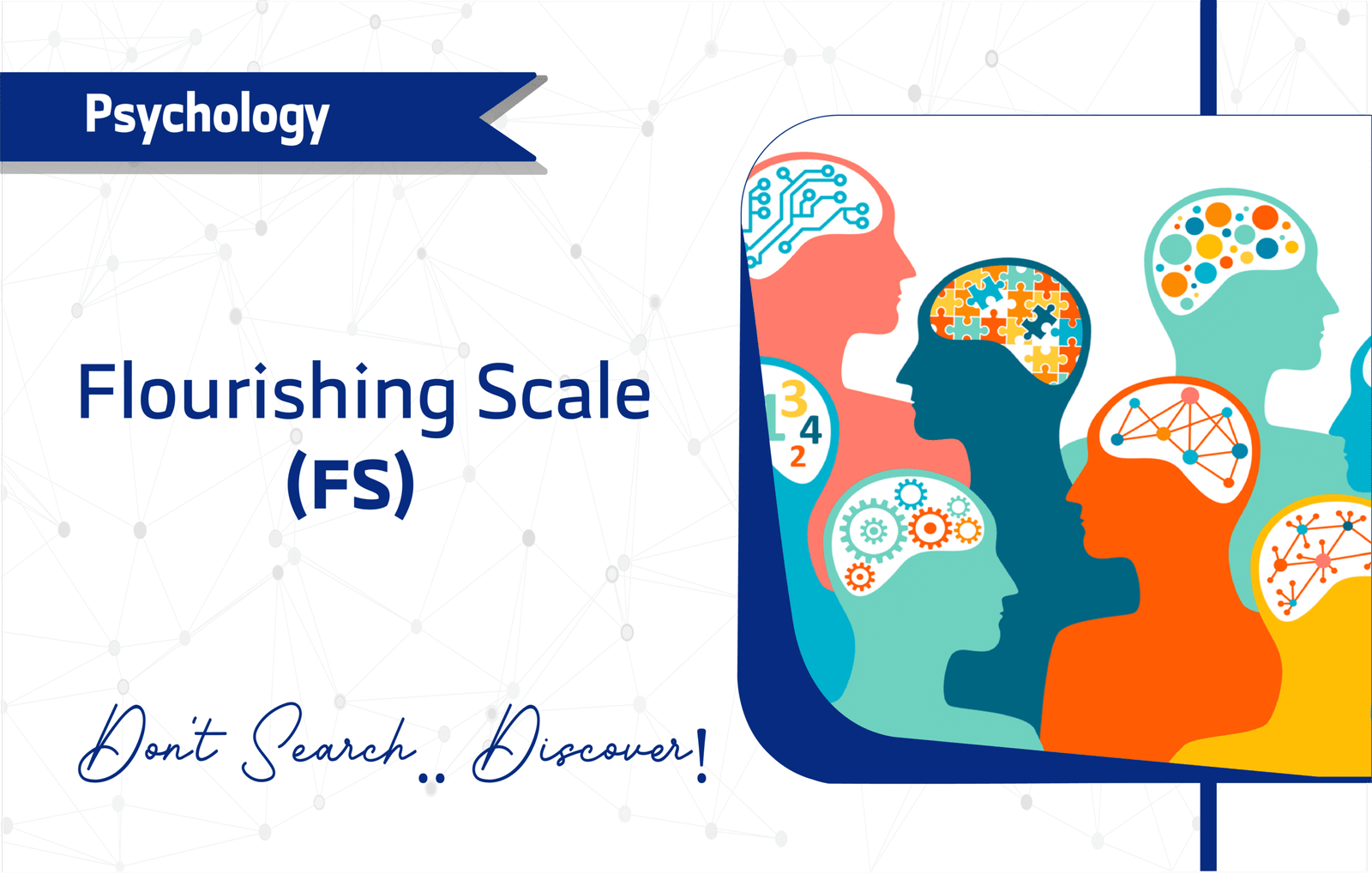Introduction
The Cardiac Anxiety Questionnaire (CAQ), developed by Eifert, Thompson et al. in 2000 as an 18-item self-report measure, has become a specialized tool to assess cardiac anxiety. Cardiac anxiety, which is characterized by fear, avoidance, and hypervigilance concerning heart-related sensations, significantly impacts patient well-being and clinical outcomes. Consequently, the development of such tools to measure this unique form of anxiety has become paramount. Since its introduction, experts have widely recognized the CAQ for its ability to identify patients at risk of symptom amplification due to anxiety. In fact, with over 400 citations in scientific literature, the CAQ has consistently demonstrated its reliability and validity across diverse patient populations.
Therefore, this article delves into the CAQ’s core features, practical applications, and overall clinical value. Furthermore, it aims to provide researchers and clinicians with actionable insights for enhancing patient assessment and, in turn, improving care in cardiology and mental health settings.
Key Features of the Cardiac Anxiety Questionnaire (CAQ)
Purpose and Use
The primary purpose of the CAQ is to measure anxiety specifically related to cardiac symptoms. Specifically, this includes assessing fear, avoidance behaviors, and hypervigilance towards heart-related sensations. By utilizing the CAQ, clinicians and researchers can effectively identify patients who may experience symptom amplification because of anxiety. Ultimately, this process leads to more targeted interventions and improved patient management. In essence, the questionnaire provides crucial insights into how psychological factors influence the experience and interpretation of cardiac symptoms.
Target Population
Researchers have validated the CAQ for use with adults aged 18 and older, including:
Young adults (18-24 years)
Middle-aged adults (25-44 years)
Older adults (45-64 years)
Seniors (65+ years)
Moreover, its design specifically targets populations experiencing cardiac symptoms or conditions. For instance, this includes those with diagnosed heart disease, individuals presenting with chest pain (both cardiac and non-cardiac), and those at risk of symptom amplification due to anxiety.
Structure
The CAQ consists of 18 items, with each one designed to capture different facets of cardiac anxiety. In particular, these items typically load onto three main subscales:
Heart-related fear: 8 items covering fear and worry about chest and heart sensations, heart functioning, and reassurance seeking.
Avoidance: 5 items covering the avoidance of physical or situational triggers that increase heart rate.
Attention: 5 items covering heightened attention and monitoring of cardiac activity and sensations such as heartbeat and chest pain.
As a result, these distinct domains allow for a nuanced understanding of a patient’s cardiac anxiety profile, which facilitates tailored interventions. Indeed, the comprehensive nature of the questionnaire ensures that it captures various manifestations of cardiac anxiety.
Scoring Method
Each of the 18 items on the CAQ is rated on a 5-point Likert scale, ranging from 0 (“Never”) to 4 (“Always”). A Total score is calculated as the mean of the relative frequency ratings for each of the 18 items (i.e., summing all responses to individual items and dividing the sum by 18, the number of total test items).Similarly, subscale scores are calculated by averaging the items within each respective subscale.
- Fear: items 10,11,13,14,15,16,17,18
- Avoidance: items 2,5,7,9,12
- Attention: items 1,3,4,6,8
Higher scores indicate greater Heart-focused anxiety (HFA). This standardized scoring method allows for easy interpretation and comparison of results across different patients and studies.
Notably, Cut-off Scores are not clearly defined in literature; scores typically interpreted dimensionally rather than categorically.
Administration Format
Because the CAQ is a self-administered questionnaire, it is straightforward and efficient to use. Furthermore, healthcare providers can administer the questionnaire via:
Paper-based formats
Digital (online) platforms
In-person interviews
Phone or video calls
Typically, it takes patients only 5 to 10 minutes to complete. For this reason, its brevity makes it highly practical for use in busy clinical settings and large-scale research studies.
Applications of the Cardiac Anxiety Questionnaire (CAQ)
The CAQ has broad applications in both clinical and research domains:
Screening: First, it serves as an effective screening tool to identify individuals experiencing clinically significant levels of cardiac anxiety, which may warrant further psychological evaluation or intervention.
Monitoring: Additionally, clinicians can reliably track a patient’s progress or decline over time, particularly during treatment interventions.
Treatment Planning: Also, clinicians can use CAQ scores to inform individualized treatment plans and track the effectiveness of interventions, such as cognitive-behavioral therapy, aimed at reducing cardiac anxiety.
Research Endpoint: Finally, the CAQ functions as a valuable outcome measure in clinical trials and observational studies that investigate the prevalence, risk factors, and treatment efficacy for cardiac anxiety across diverse patient populations.
Languages and Availability
Researchers have translated and validated the CAQ into multiple languages, including:
English
Swedish
Greek
Brazilian Portuguese
French-Canadian
Consequently, this extensive linguistic availability enhances its utility in multicultural clinical settings and facilitates international research collaborations. The availability of translated versions thereby ensures that the questionnaire is accessible to a broader range of patients globally.
Reliability and Validity
Researchers recognize the CAQ as a highly reliable and valid instrument for assessing psychological distress. A high Cronbach’s alpha greater than 0.85 strongly supports its psychometric soundness, indicating excellent internal consistency. Moreover, the CAQ is responsive to change; therefore, it is suitable for monitoring the effects of therapeutic interventions over time. In addition, various studies have further supported its convergent and discriminant validity, showing appropriate correlations with related measures of anxiety and distinctiveness from general anxiety or depression.
Limitations and Considerations
Despite its strengths, the CAQ has a few limitations:
Self-report measure: First, as a self-report questionnaire, a patient’s subjective interpretation, cultural background, or social desirability bias may influence the results.
Narrow Focus: Second, the CAQ specifically measures anxiety related to cardiac symptoms; thus, it may not capture broader aspects of generalized anxiety or other psychological distress.
Social Desirability Bias: Moreover, a patient’s desire to present in a favorable light can influence responses.
Cultural Bias: Finally, the potential for cultural bias exists, which may affect the interpretation of responses across diverse populations.
Other Versions and Related Questionnaires
While the original 18-item CAQ remains widely used, some research has explored modifications or shorter forms, such as
- A Shortened 10-item version proposed by Dragioti et al. (2011)
Additionally, the CAQ can be used alongside other anxiety or depression scales, like
- the State-Trait Anxiety Inventory (STAI)
- Hospital Anxiety and Depression
- Scale (HADS)
- Generalized Anxiety Disorder-7 (GAD-7)
Additional Resources
- The Original Validation Study link
- The questionnaire is available in the original study by Eifert et al. (Appendix A) link
- For inquiries, contact Georg H. Eifert eifertgeorg@gmail.com. or geifert@chapman.edu
Frequently Asked Questions (FAQ)
- Who can use the CAQ?
Clinicians, researchers, and healthcare providers can use the CAQ for adult patients (aged 18 and older) who present with cardiac symptoms or have diagnosed heart conditions. - How long does it take to complete the CAQ?
Patients typically take 5 to 10 minutes to complete the CAQ; for this reason, it is a practical and time-efficient tool for use in clinical and research settings. - How do healthcare teams administer the CAQ?
Healthcare teams can administer the questionnaire via paper, digital platforms, or through an interview format, thereby offering flexibility in various healthcare environments. - Is there any cost to using the CAQ?
Generally, the CAQ is free for non-commercial research and clinical use. However, for commercial purposes or funded academic projects, users may need to seek formal permission from the original authors or copyright holders.
A Word from ResRef about the Cardiac Anxiety Questionnaire (CAQ)
In summary, the Cardiac Anxiety Questionnaire (CAQ) is an indispensable tool for assessing anxiety specifically linked to cardiac symptoms. Its concise format and robust psychometric properties make it highly valuable for both researchers investigating the psychological impact of heart conditions and clinicians striving to optimize patient care. By pinpointing heart-focused anxiety, the CAQ illuminates a critical area of patient experience that general mental health assessments often overlook. Consequently, it enables more targeted interventions, ultimately enhancing outcomes and improving the quality of life for individuals navigating cardiovascular health challenges.
References
- Eifert, G. H., Thompson, R. N., Zvolensky, M. J., Edwards, K., Frazer, N. L., Haddad, J. W., & Davig, J. (2000). The cardiac anxiety questionnaire: development and preliminary validity. Behavior Research and Therapy, 38(10), 1039–1053. link
- van Beek, M. H., Voshaar, R. C., van Deelen, F. M., van Balkom, A. J., Pop, G., & Speckens, A. E. (2012). The cardiac anxiety questionnaire: cross-validation among cardiac inpatients. International Journal of Psychiatry in Medicine, 43(4), 349–364. link
- Leissner, P., Held, C., Rondung, E., & Olsson, E. M. G. (2022). The factor structure of the cardiac anxiety questionnaire, and validation in a post-MI population. BMC Medical Research Methodology, 22(1), 338. link
- Dragioti, E., Vitoratou, S., Kaltsouda, A., Tsartsalis, D., & Gouva, M. (2011). Psychometric properties and factor structure of the Greek version of the Cardiac Anxiety Questionnaire (CAQ). Psychological Reports, 109(1), 77–92. link
- Chiasson, C., Bisson-Bernatchez, E., Turcotte, S., Tremblay, M.-A., Denis, I., & Foldes-Busque, G. (2019). Validation of the French-Canadian version of the Cardiac Anxiety Questionnaire (CAQ-FR). Canadian Journal of Behavioural Science / Revue canadienne des sciences du comportement, 51(2), 100–104. link
- Sardinha A, Nardi AE, Araújo CG, Ferreira MC, Eifert GH. Brazilian portuguese validated version of the cardiac anxiety questionnaire. Arquivos Brasileiros de Cardiologia. 2013;101:554-61. link









1 thought on “Cardiac Anxiety Questionnaire (CAQ): A Full Guide for Researchers and Clinicians”
Thank you for your effort in sharing knowledge in such a clear way. Articles like this make me feel supported and motivated to do better in my own research journey.